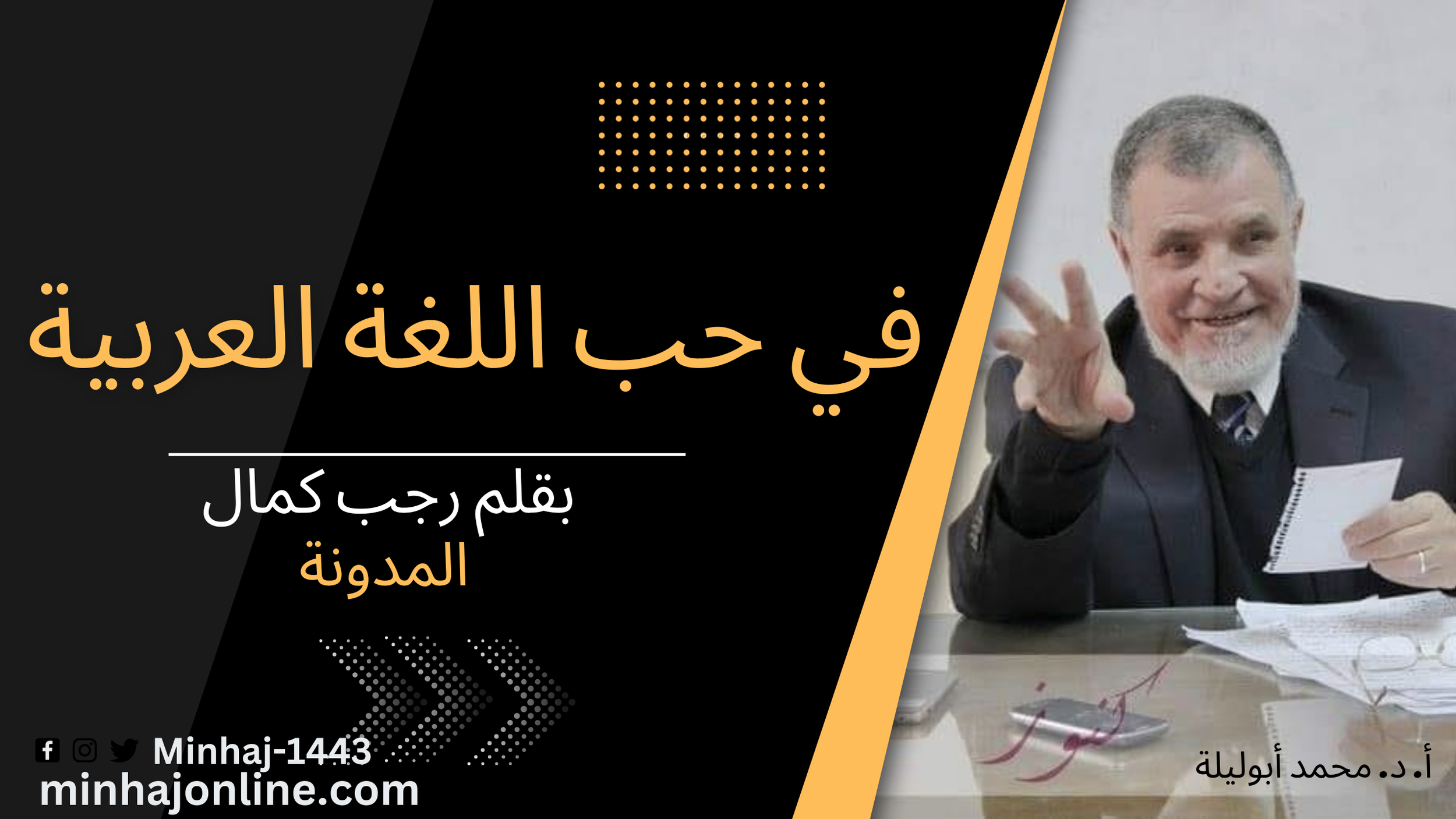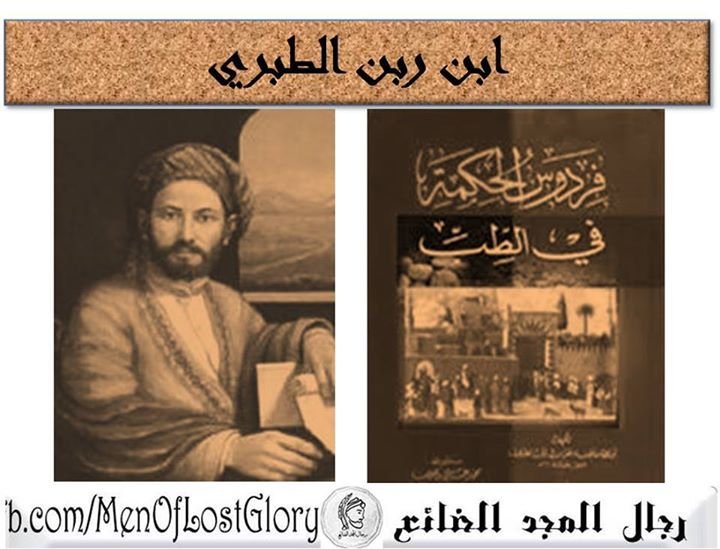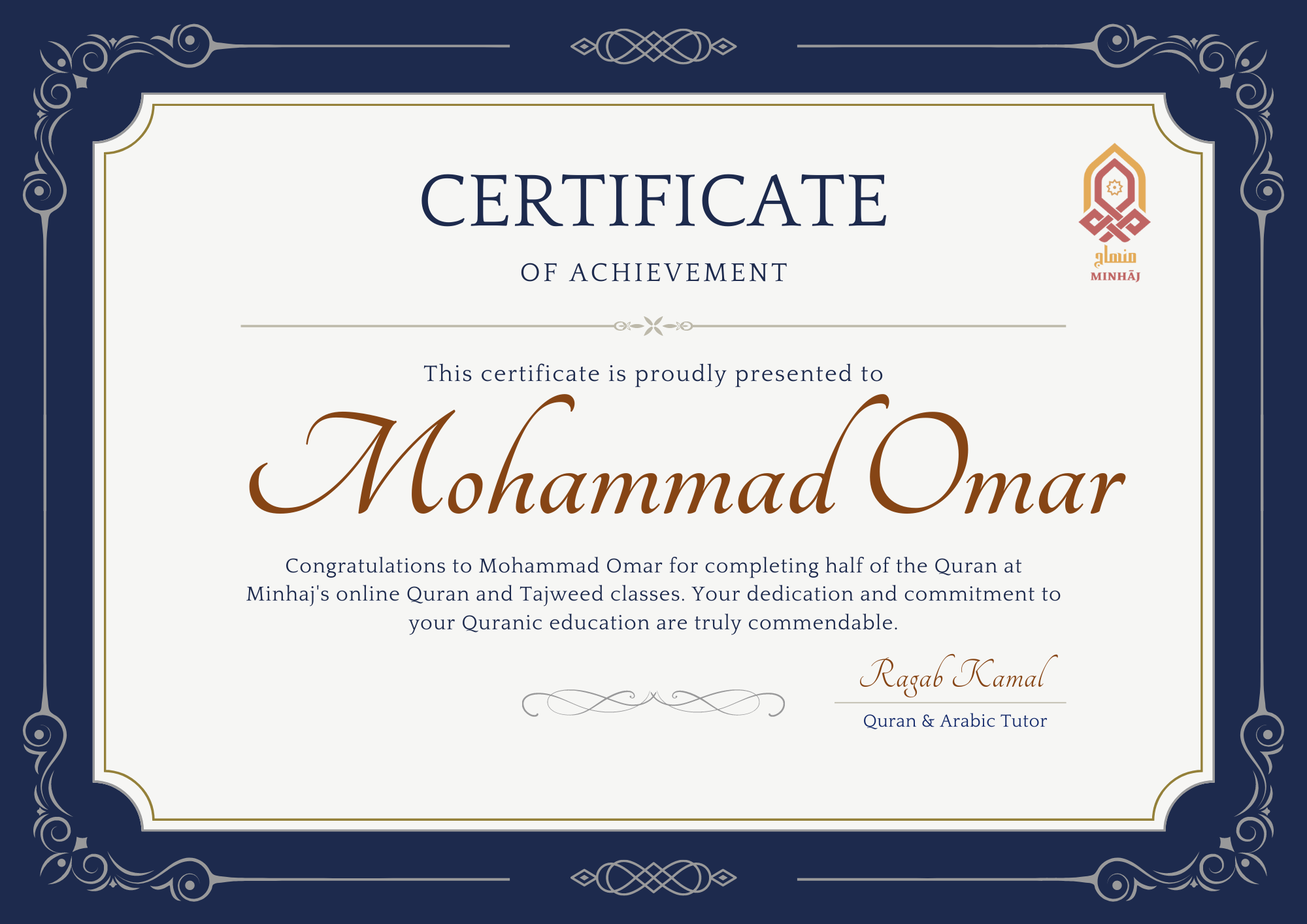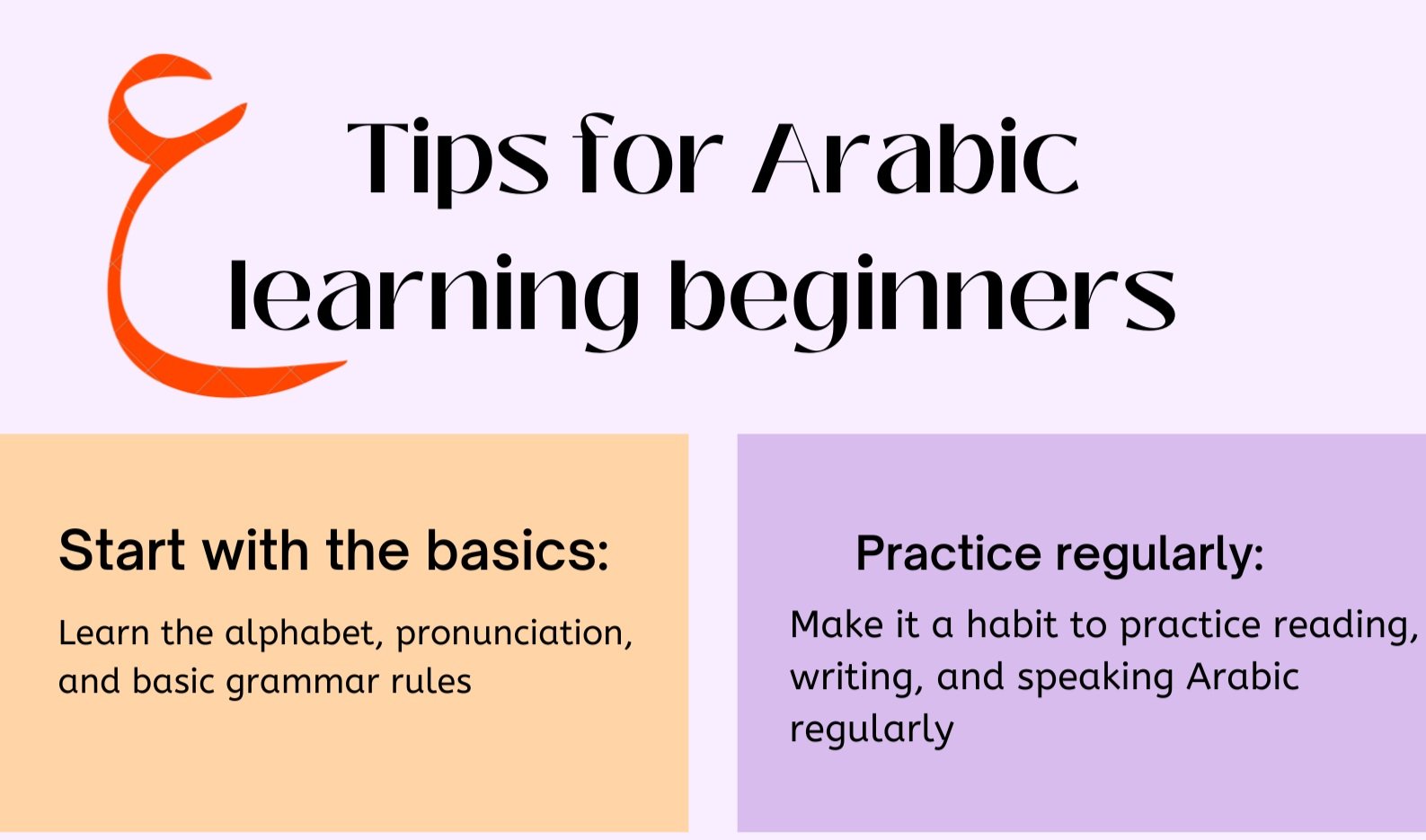Arabic Dialects
“Understanding Arabic Dialects: A Guide for Language Learners”
Teacher’s Diary | Episode 8 | Ragab Kamal
Arabic is a rich and diverse language that boasts a variety of dialects across the Arab world. Each dialect has its own unique characteristics, from differences in pronunciation and grammar to variations in vocabulary and slang. For non-native speakers, navigating these dialects can be a daunting task.
To help language learners better understand Arabic dialects, we've put together a guide that breaks down the most common dialects and their key features.
Egyptian Arabic: This dialect is widely understood across the Arab world and is considered the most popular dialect in the region. It is known for its distinct pronunciation, use of slang, and a simplified grammar.
Levantine Arabic: This dialect is spoken in countries such as Syria, Lebanon, Jordan, and Palestine. It is characterized by its use of a soft "j" sound, incorporation of French loanwords, and more complex grammar.
Gulf Arabic: This dialect is spoken in the Gulf region, including countries such as Saudi Arabia, Kuwait, Qatar, and the UAE. It is known for its use of a glottal stop, incorporation of loanwords from English and Hindi, and simpler grammar.
Maghrebi Arabic: This dialect is spoken in North Africa, including countries such as Morocco, Algeria, and Tunisia. It is known for its use of French loanwords, unique pronunciation, and a simplified grammar.
By understanding the key features of each dialect, language learners can better navigate the Arabic language and communicate effectively with native speakers.
You can share with us in the comment section your personal experience with using the Arabic dialect, and which one you find easier to be understood.








